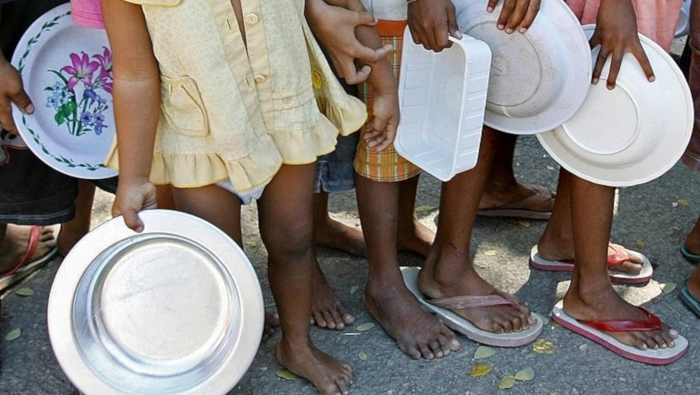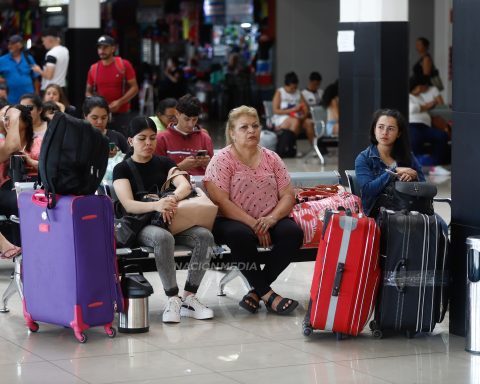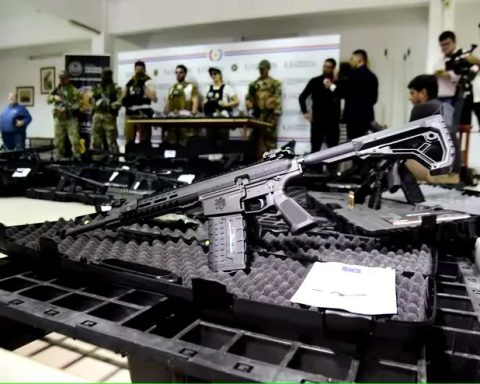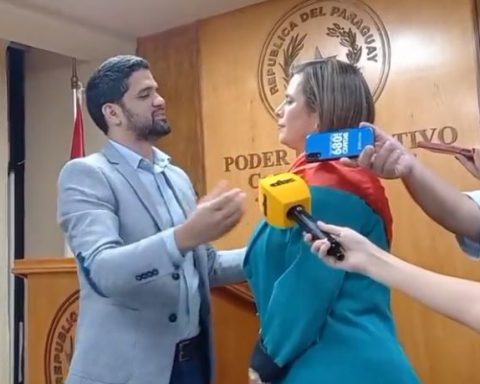The percentage of families that say they do not have money to guarantee their food in Brazil jumped from 14% in 2014, when the country was removed from the UN World Hunger Map, to 30% in 2019 and to a record 36% in 2021, an increase caused by the covid pandemic.
The Brazilian rate of so-called food insecurity reached its highest level in 2021 since the indicator began to be measured in 2006, when it was 20%, and for the first time it exceeded the world average (35%), according to a study released this Wednesday. by the Getulio Vargas Foundation (FGV).
According to the report of the prestigious private center for economic and social studies, food insecurity in Brazil mainly affects the poorest families, women, people between 30 and 49 years of age, whose homes are those with the highest number of children.
The study analyzed for Brazil the data from a survey that the Gallup World Poll firm has carried out annually in about 160 countries since 2006, which allows global comparison, and which asked 125,000 respondents around the world between August and November of last year. if people did not have money to feed themselves or their families at any time in the last twelve months.
According to the FGV, despite the fact that Brazil has made significant progress in the fight against hunger since then President Luiz Inácio Lula da Silva (2003-2010) launched exemplary programs to reduce poverty, the situation has worsened with the severe recession that the country experienced in 2015 and 2016 and, more recently, with the crisis generated by the covid pandemic (2020 and 2021).
The rate of food insecurity in Brazil last year was similar to that of Argentina (36%), Paraguay (42%) and Mexico (43%), and much lower than those of Venezuela (72%), Ecuador (62%) , Peru (56%), Bolivia (55%) and Colombia (52%). The South American countries with the lowest rates are Chile (18%) and Uruguay (30%).
However, among the poorest 20% of Brazilians, the rate of food insecurity jumped from 53% in 2019 to 75% in 2021, and was well above the world average for this segment (48%) and on par with the average of countries with higher rates, such as Zimbabwe (80%).
For its part, the rate of food insecurity among women in Brazil rose to 47% (against 26% among men), a percentage much higher than the world average (37%).
In contrast, among the richest 20% of Brazilians, the rate of food insecurity fell from 10% in 2019 to 7% in 2021, a third of the world average for this segment (21%) and a similar level to that of countries such as Sweden (5%), the one with the lowest rate in the world.
The FGV clarified that the study does not yet reflect the spike in prices in recent months caused by the war in Ukraine (the year-on-year rate of inflation in Brazil reaches 12.13%) and that hunger could have been greater in the country if the Government had not distributed subsidies to almost 40 million poor families during the pandemic. EFE















